Look around your home, and that sculptural chair with wooden legs, the clean-lined credenza, or the starburst wall clock might just be a piece of midcentury modern design. This influential style has shaped our living spaces for decades, blending timeless beauty with everyday function.
But what exactly is midcentury modern style? Emerging in the mid-20th century, this design movement is defined by its clean lines, organic shapes, and minimal ornamentation.
In this complete guide, we will explore the official definition of midcentury modern design, its key characteristics, its rich history, and practical ways to bring this sophisticated and livable style into your own home.
What Is the Definition of Mid-Century Modern?
Mid-century modern (often abbreviated as MCM) is an American design movement in interior, product, graphic design, and architecture that was popular from roughly 1945 to 1969.
The style is defined by its focus on functionality, clean lines, and simplicity. It embraces organic and geometric shapes and uses a mix of traditional materials like wood with non-traditional ones like plastic and metal to create a look that is minimalist yet warm.
The core principle is that form should follow function, stripping away unnecessary ornamentation to celebrate the pure, elegant structure of each piece. While it has distinct roots, MCM is often confused with contemporary modern design. For a deeper look at their differences, explore our guide on modern vs. mid-century modern TV stands.
What Are the Key Characteristics of Mid-Century Modern?
Mid-century modern design has several distinguishing characteristics that set it apart from other design movements and continue to define it today.
- Clean lines, soft curves, and organic shapes that create a timeless look
- A focus on function over form, with practical furniture designs that serve everyday needs
- Use of diverse materials like teak, walnut, oak, metal, glass, plywood, plastic, and fiberglass
- Color palette built on neutral tones with bold accents in warm orange, sage green, yellow, and blush pink.
- Distinctive geometric and abstract patterns found in textiles, carpets, and artwork
- Furniture pieces featuring smooth, tapered, or hairpin legs that create an airy, light appearance
The History and Origins of Midcentury Modern Style
Midcentury modern style emerged after World War II, emerged between 1945 and 1969. This era saw rapid technological advancement and significant social changes, as growing families sought new homes and furnishings.
People wanted simpler, more efficient homes that are connected with nature. Drawing inspiration from earlier movements like Bauhaus and International Style, they embraced both traditional materials like teak and rosewood, while exploring modern materials such as plastic and metal.
This innovative approach to design captured the hopeful spirit of post-war America, making practical and stylish items more accessible to the general public.
Instead of complex designs, midcentury modern focuses on what works. It strips away unnecessary details to create spaces that feel open and natural. Today, this practical approach to beauty still shapes how we design our homes.

With its slatted door design and curved edges, this Sofia Mid Century Modern TV Stand exudes modern sophistication. Gather your friends around it and enjoy a cosy time with the comforting crackling of the firewood!
Who Are the Designers Responsible for the Midcentury Modern Style of Furniture?
The mid-century modern movement gave rise to designers who changed the way we think about furniture. Their work continues to shape modern design today.
Charles and Ray Eames led the way with their belief that "the best things in life are made of the best things in life." They broke new ground by utilizing materials such as molded plywood, fiberglass, and plastic to craft pieces like the iconic Eames Lounge Chair.
Eero Saarinen brought a fresh take with his organic forms. His Tulip Chair and Womb Chair showcase flowing lines and smooth curves that seem to come alive.
In Danish design, Arne Jacobsen made his mark with the Egg and Swan chairs. He saw furniture, textiles, and architecture as parts of one unified design.
George Nelson promoted mid-century modernism as design director for Herman Miller, with playful yet practical designs like the Spherical Clock, Marshmallow Sofa, and Bubble Lamp.
Other influential designers include Harry Bertoia, Marcel Breuer, Hans Wegner, Isamu Noguchi, and George Nakashima. Each brought their unique perspective, adding depth and diversity to the movement.
Is Midcentury Modern Still in Style?
Midcentury modern design has remarkable staying power in today's interiors. Its appeal comes from core elements that still connect with modern tastes and needs.
The style's clean lines, practical function, and timeless beauty help it work well in many settings.
You can use it in period-perfect rooms or mix it with other modern designs. This versatility keeps it current decades after its creation.
The focus on quality materials and expert craftsmanship means original pieces often last for generations.
Today's designers and homeowners take a more flexible approach, picking key midcentury elements while skipping strict rules. This freedom to adapt keeps the style fresh and relevant.
Its enduring influence is clear in home decor. To see how MCM principles are shaping current furniture, check out the top TV stand design trends for 2025 and spot the timeless elements.

What Styles Pair Well with Mid-Century Modern?
One of the reasons for midcentury modern's lasting appeal is its versatility. It pairs beautifully with several other design styles, allowing for a personalized and unique home.
Scandinavian
With a shared love for simplicity, natural materials, and functionality, Scandinavian and midcentury modern designs are a natural match. Combining them creates a space that is bright, airy, and effortlessly stylish.
Bohemian (Boho)
For a more eclectic look, mix MCM's clean-lined furniture with the rich textures, patterns, and global-inspired decor of Bohemian style. An Eames-style chair can look stunning next to a collection of lush houseplants and a patterned Moroccan rug.
This blend is perfectly captured in pieces that mix materials. A chair like the Mid-Century Modern Cane Back Accent Chair seamlessly combines a clean wooden frame with a handwoven cane back, effortlessly embodying both styles.
Industrial
The raw, unfinished look of industrial design (think exposed brick, concrete, and metal) creates a striking contrast with the warm woods and organic shapes of midcentury modern pieces. This combination results in a sophisticated, edgy, and masculine aesthetic.
Mid-Century Modern in Practice: A Room-by-Room Guide
A mid-century modern design can be incorporated into a contemporary home by carefully selecting the furniture and decor for each room.
The Living Room
For the living room, start with a comfortable sofa that has clean lines as your foundation. Add iconic accent chairs like the Eames lounge or quality reproductions for character.
A low-profile coffee table with tapered legs in wood or glass works as your centerpiece. Ground the space with a geometric rug in subtle tones or bold patterns. Bring in color through throw pillows and carefully chosen artwork.
To anchor your entertainment area, consider a low-profile TV stand with classic MCM features. For instance, the Colemen Mid Century Modern TV Stand uses a slatted door design to provide stylish storage for all your media devices.
Finding the right piece is key to tying the room together. If you're looking for more inspiration that fits your budget, browse our curated list of the best TV stands under $500.
The Dining Room
For the dining room, choose a simple wooden dining table, preferably teak or walnut. Make a statement with your lighting - try a spherical pendant or a sculptural brass fixture with geometric elements. Mid-century chairs with organic shapes complete your dining setup.
To complete the dining space, add a functional yet elegant storage piece. A buffet like the Tristan Mid Century Modern Sideboard offers ample storage and features the flared legs and clean hardware typical of the era.

The Bedroom
In the bedroom, choose a platform bed with a simple headboard as your focal point. Add matching bedside tables with minimal details. A clean-lined dresser in walnut or teak ties the look together.
Keep the space serene with natural materials in your bedding and rugs. Add personality through bold artwork or decorative pillows.

The Kitchen
Consider flat-panel cabinets in natural wood shades or bold retro colors like avocado green or mustard yellow for the kitchen. Keep countertops simple with quartz or laminate surfaces.
Use sleek, geometric hardware like sleek knobs or pulls for cabinets and drawers. Display vintage glassware or ceramics on open shelving to add authentic charm.
The Home Office
For the home office, pick a desk with clean lines and tapered legs as your work surface. Pair it with an ergonomic chair that nods to mid-century style.
Add storage through a minimal sideboard or shelving unit. Complete the space with period-appropriate lighting, like a brass table lamp or geometric pendant.
Mistakes to Avoid When Using Mid-Century Modern Décor
Creating a real and elegant mid-century modern interior requires careful consideration and awareness of common pitfalls.
Overcrowding Spaces
A common mistake is stuffing too many pieces into a room. Mid-century modern style thrives on simplicity. Give your furniture room to breathe and stick to essential pieces that serve a purpose.
Neglecting Negative Space
Space matters as much as the furniture itself. Leave enough room between pieces to highlight their clean lines. This breathing room helps each item stand out while keeping the overall look balanced and intentional.
Using Mismatched Wood Tones
While mid-century style welcomes different materials, too many wood tones can look chaotic. Try to maintain consistent finishes when pieces are visible together. If you mix wood, choose ones with similar undertones to keep the space cohesive.
Overdoing Brass Accents
Less is more with brass. Limit it to two or three key pieces, like lighting fixtures or hardware. Mix in other metals such as chrome or copper to create visual balance and avoid an overdone look.
Not Repairing Original Vintage Pieces
Don't let vintage pieces deteriorate. Proper repairs maintain both their beauty and value. Quick fixes or ignoring damage will only reduce their lifespan and compromise their authentic appeal.
Conclusion
Midcentury modern style endures because it goes beyond mere looks. It represents a way of thinking that puts function first while creating harmony between indoor spaces and nature.
The style's clean lines, smart use of materials, and perfect proportions explain why it still feels fresh today. Designers and homeowners keep coming back to these timeless elements in modern spaces.
Success with midcentury modern isn't about copying vintage pieces or following trends. It's about embracing the core ideas of quality over quantity and purpose over decoration. When you understand these principles, you can create spaces that honor the midcentury spirit while making them work for how we live now.


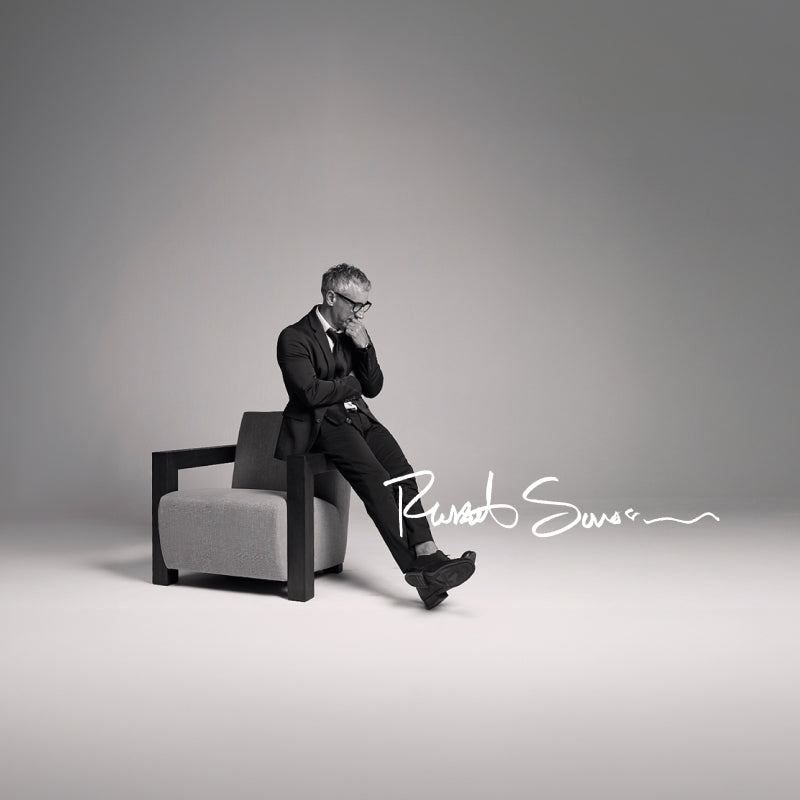
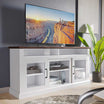
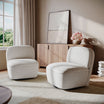
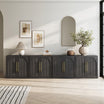
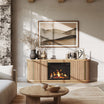


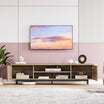
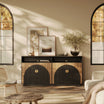
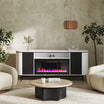
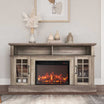
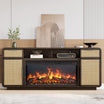
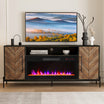
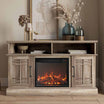
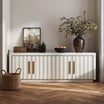
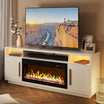
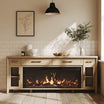

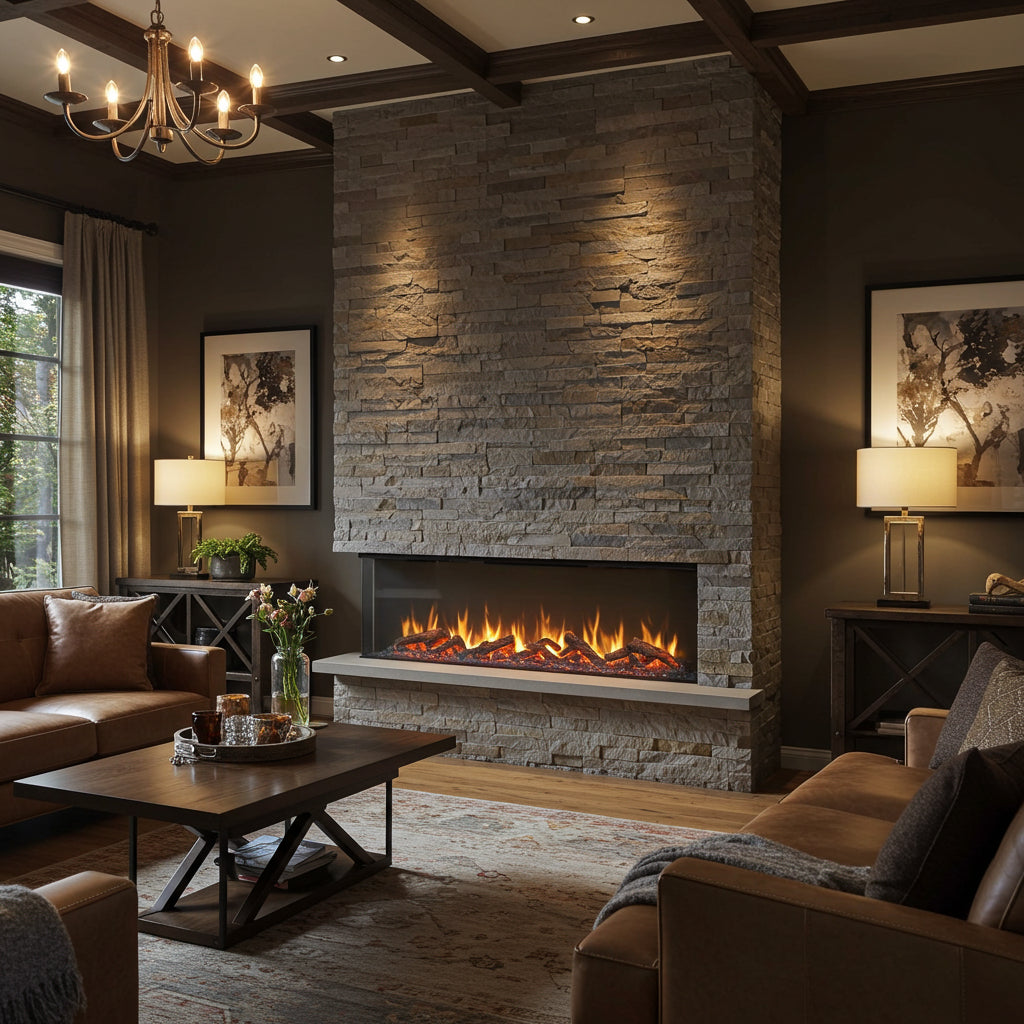
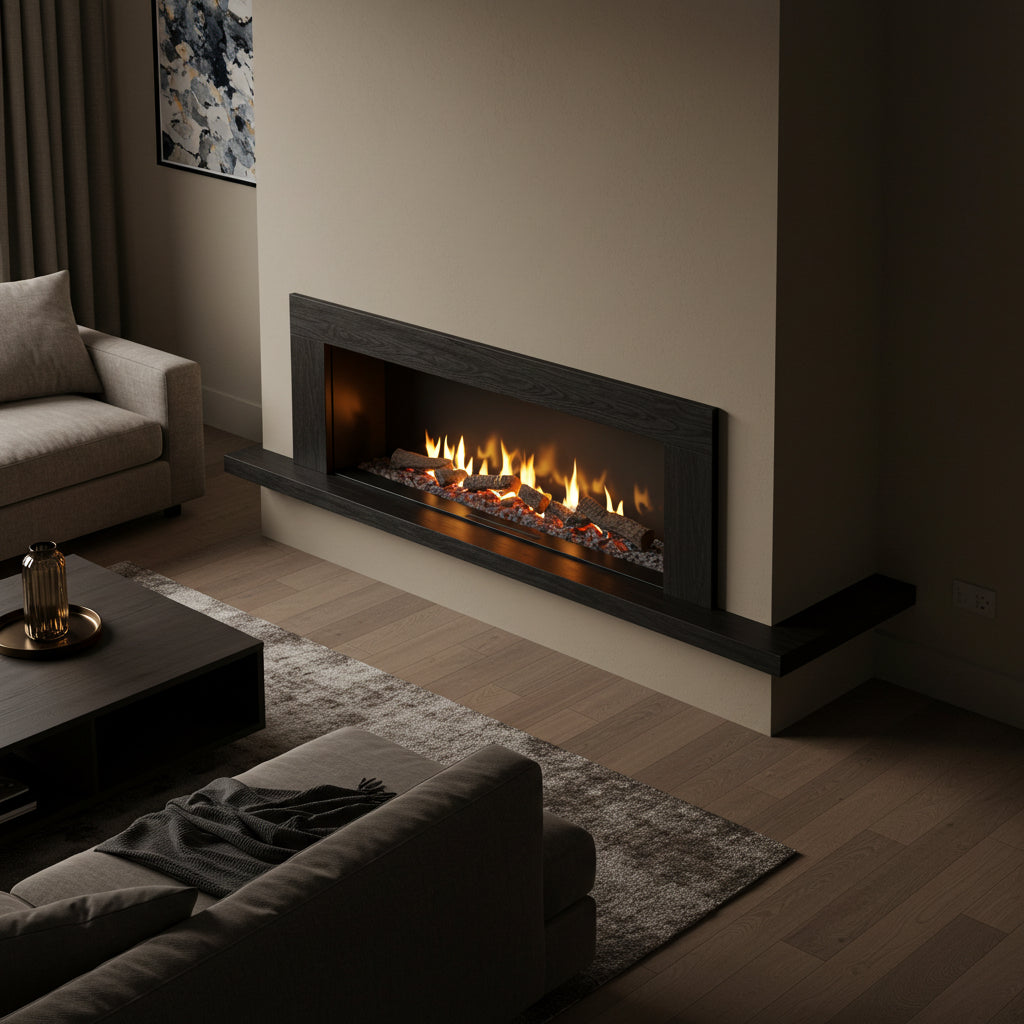
Leave a comment
This site is protected by hCaptcha and the hCaptcha Privacy Policy and Terms of Service apply.